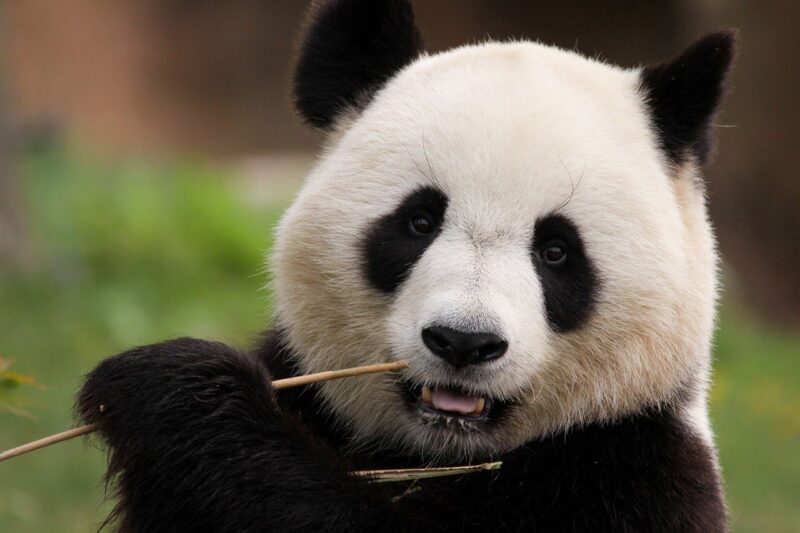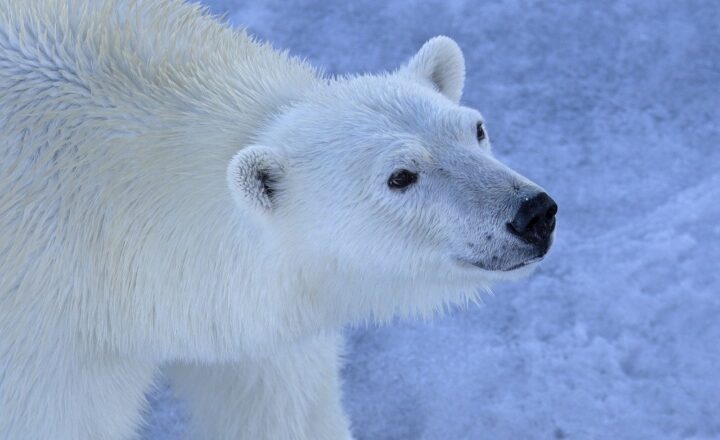The Global Effort to Save Pandas: Collaboration Across Zoos and Reserves
November 15, 2024

In the world of wildlife conservation, few success stories shine as brightly as that of the giant panda. Once on the brink of extinction, these beloved bears have garnered global attention and effort aimed at ensuring their survival. The collective actions taken by various organizations—ranging from local zoos to international reserves—underscore the importance of collaboration in wildlife conservation. This article delves into the various strategies employed by these institutions and highlights successful initiatives that contribute to the ongoing fight for the panda’s future.
1. The Status of the Giant Panda
The giant panda (Ailuropoda melanoleuca), native to China, primarily inhabits the bamboo forests of the Sichuan, Shaanxi, and Gansu provinces. With its distinct black-and-white fur and charming demeanor, the giant panda has become a global symbol of wildlife conservation. However, its wild population has dwindled due to habitat loss, poaching, and climate change. As of the 2020 IUCN Red List, pandas have been reclassified from “endangered” to “vulnerable” thanks to significant conservation efforts.
Nonetheless, threats still persist, and the survival of the species depends on ongoing collaboration among zoos, reserves, and environmental organizations.
2. Key Players in Panda Conservation
Numerous organizations play a pivotal role in panda conservation, each contributing unique expertise and resources. Here are some of the key players:
- The Chengdu Research Base of Giant Panda Breeding: Located in Sichuan, it is one of the top centers for panda breeding and research. The base not only focuses on breeding but also conducts research on panda genetics, ecology, and behavior.
- Wolong National Nature Reserve: This reserve is critical to panda habitat protection, serving as a refuge for giant pandas in the wild. Through conservation programs, Wolong aims to restore natural habitats and provide a safe environment for wild populations.
- Zoological Parks Worldwide: Many zoos around the world participate in the conservation of giant pandas through breeding programs and educational outreach. The San Diego Zoo, Zoo Atlanta, and the Smithsonian’s National Zoo are just a few examples.
The collaboration among these organizations enhances the effectiveness of conservation methods, allowing for shared knowledge and resources.
3. Captive Breeding Programs
Captive breeding has been pivotal in the effort to save giant pandas from extinction. The Chengdu Research Base and various zoos worldwide implement sophisticated captive breeding programs designed to mimic natural breeding conditions. Key strategies include:
- Genetic Diversity: To maintain genetic diversity, pandas from different locations are brought together for breeding. Geneticists carefully analyze the genetic material of each panda to create breeding pairs that will yield healthy cubs with diverse genes.
- Artificial Insemination: In situations where natural mating doesn’t occur, zoos employ artificial insemination techniques to increase the chances of successful breeding, ensuring that the panda population continues to grow.
- Cub-Rearing Programs: Due to their low reproductive rates, these organizations have developed specialized cub-rearing programs to care for orphaned or abandoned cubs, nurturing them until they are ready to be reintroduced into the wild.
These breeding programs have seen significant success, resulting in hundreds of pandas being born in captivity, many of whom have been reintroduced to their natural habitats.
4. Conservation Education and Community Involvement
Education plays a critical role in panda conservation efforts. Many zoos, including those in China and abroad, are committed to raising awareness about the importance of conserving giant pandas and their habitats. Key initiatives include:
- Public Awareness Campaigns: Zoos organize campaigns to educate visitors about the threats that pandas face and the importance of conservation efforts, emphasizing the role individuals can play in protecting wildlife.
- School Programs: Many organizations partner with schools to develop educational programs aimed at fostering a passion for wildlife conservation among younger generations.
- Community Participation: Engaging local communities helps create grassroots support for conservation. These programs often involve local residents in habitat restoration projects and eco-tourism initiatives, ensuring sustainable livelihoods while protecting panda habitats.
Community involvement reinforces the importance of conservation and creates a sense of shared responsibility among those who share the panda’s habitat.
5. International Collaboration and Research
The global effort to save pandas extends beyond national borders. Research collaborations between Chinese organizations and international institutions cultivate advanced conservation methods. Some key aspects include:
- Data Sharing: Scientists across the globe share data on panda populations, health, and genetics, facilitating informed conservation strategies that maximize their effectiveness.
- Joint Research Projects: Collaborative studies that explore habitat preservation, climate impact, and panda behavior enable researchers to devise targeted conservation plans.
- Global Forums and Conferences: Conservationists from various countries convene for discussions on best practices, emerging threats, and strategies for safeguarding giant panda populations.
International collaboration enriches the conservation landscape, ensuring that best practices are cross-pollinated among various stakeholders.
6. Success Stories and Impact
The concerted efforts of zoos, reserves, and organizations around the world have led to remarkable outcomes in panda conservation. Some noteworthy successes include:
- Population Growth: The global giant panda population has risen to over 1,800 in the wild, thanks in large part to habitat conservation and breeding programs.
- Increased Awareness: Thanks to education and outreach programs, public awareness about the plight of pandas has increased significantly, resulting in higher levels of donations and support for conservation initiatives.
- Restoration of Habitats: Many organizations are engaged in habitat restoration projects, ensuring that pandas have the bamboo they need to thrive in the wild.
These successes validate the importance of a collective approach to wildlife conservation. They highlight that when organizations work together, they can accomplish remarkable feats in preserving our planet’s wildlife.
Conclusion: A Bright Future for Pandas
The global effort to save the giant panda exemplifies the power of collaboration in conservation. By joining forces, organizations have been able to create, implement, and share conservation strategies that have led to substantial progress in panda populations. As long as dedication to education, research, and community involvement continues, there is hope for a thriving future for giant pandas in the wild. Whether through captive breeding programs, habitat preservation, or international collaboration, every action counts in ensuring that these remarkable animals continue to roam their natural habitats for generations to come.







